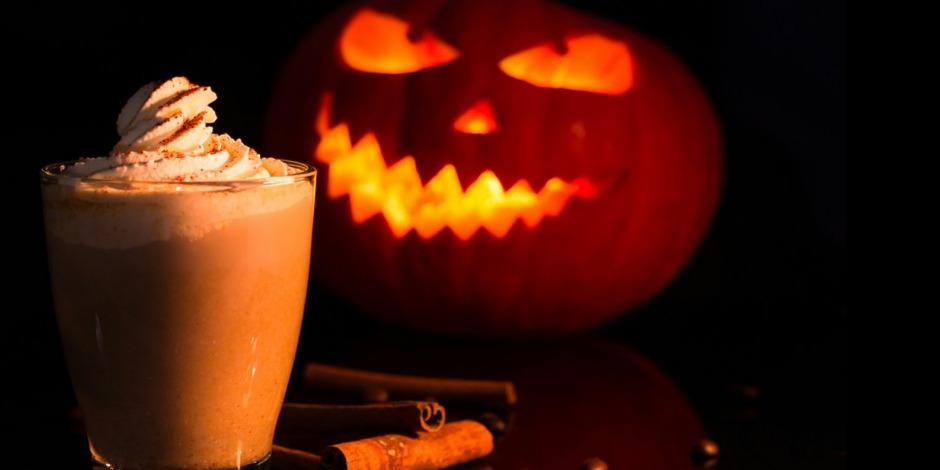On social media, every calendar event is an opportunity to shillWare(n) anpreisenshill. From Easter to Halloween, influencers are getting excited about seasonal marketing campaigns. In September 2024, the US consumer goodGut, Waregoods company Procter & Gamble was selling an autumn-inspired range of cleaning products called cosygemütlich, behaglichCosy Season, collaborating with the UK influencer Mrs Hinch, who has five million Instagram followers. IKEA USA offered a Halloween home collection. And the British store Home Bargains began selling Easter candles, wreathKranzwreaths and other products. According to the advertising agency Territory, “seasonal marketing has become a cornerstoneEckpfeilercornerstone strategy for brands,” and it is noticeable.
“Seasonal marketing is a conduitKanal, Verbindungconduit through which we share our messages — giving them structure, relevance, intriguehier: Faszinationintrigue, and meaning,” Sally Boyce, British marketing consultant and founder of Surreal Bee Marketing, told Business Spotlight. “Seasons are shared micro-cultures whose languages we all intuitively understand, so it makes sense for brands to harness sth.etw. nutzen, sich etw. zunutze machenharness their timelyhier: zeitlichtimely relevance to promote themselves.”
Thinking about a seasonal campaign?
“A good rule of thumbDaumenregel, Faustregelrule of thumb is to run evergreen, ‘always-on’ campaigns that keep the core offering visiblesichtbarvisible all year, alongside blockbuster marketing in anticipation of seasonal surgeAufschwungsurges,” says Boyce. “Ideally these support limited-time-only, now-or-never events and added-value experienceErfahrung mit Mehrwertadded-value experiences.”
As early as 2015, research published in the Harvard Business Review encouraged businesses to think about emotional connection scientifically and strategically. This primarily means mirroring what consumers feel at particular times, such as the desire for cosiness in autumn or for bright colours in spring. Seasonal events throughout the year help generate customer interest.
“Psychologists tell us that looking forward to an experience can be as emotionally rewarding as the experience itself,” Boyce says. “stir sth.hier: etw. anregen, schürenStirring that excitement, feeding that anticipation, is where attraction marketing thriveflorierenthrives. Creating these touchpoints and moments doesn’t just spark sth.hier: etw. wecken, entfachenspark joy, it generates conversions.”
Sentimentality as a strategy
Boyce says businesses still need to offer a good deal in connection with a big event. “If we (marketers) have curated a persuasiveüberzeugendpersuasive offer, its seasonality can carry it over the finish lineZielliniefinish line,” she says. “A part of that is because seasons have become cultural behemothKoloss, Gigantbehemoths. The trend economy makes them valuable. Autumn isn’t just Halloween; it’s pumpkin-spiced-latte and chunky-knitsGrobstrick-Kleidungchunky-knits season. Winter isn’t just Christmas; it’s the season of sentimentality as strategy, where everyone is asking: ‘Have you seen the John Lewis adjährliche Weihnachtswerbung des Kaufhauses John LewisJohn Lewis ad yet?’”
Campaigns for seasonal events also start earlier each year, as companies try to anticipate demand. In the US, home shoppingTeleshoppinghome-shopping channels run “Christmas in July” campaigns. For some consumers, it’s good preparation; for others, it’s annoying. The next time you have a pumpkin-spiced latte, ask yourself if it’s something you really wanted — or if you were encouraged to buy it by clever marketing.
Neugierig auf mehr?
Dann nutzen Sie die Möglichkeit und stellen Sie sich Ihr optimales Abo ganz nach Ihren Wünschen zusammen.



